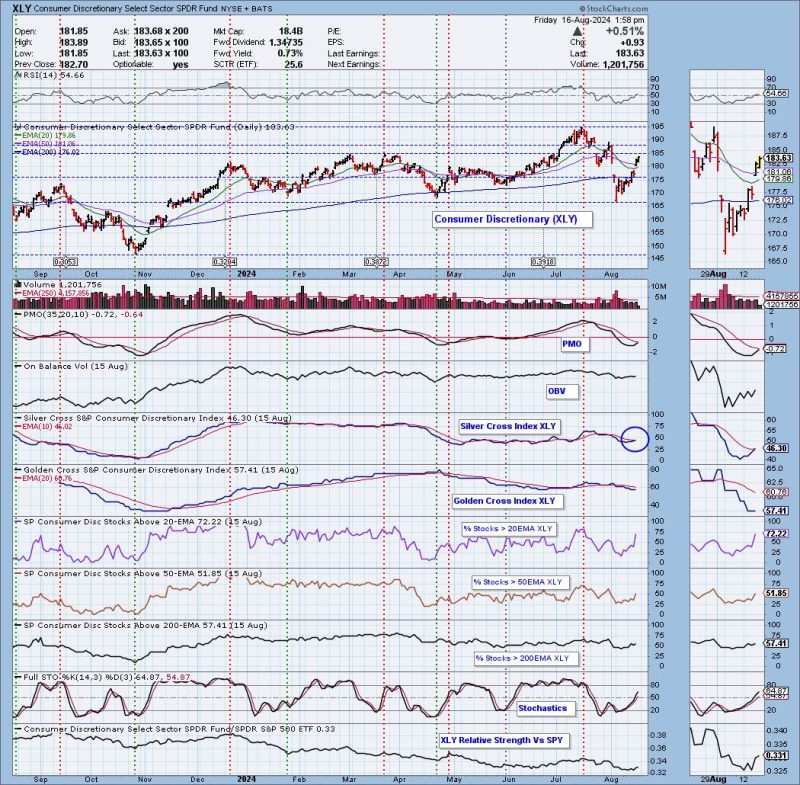Consumer Discretionary and New IT are two sectors that have largely dominated conversations in the investment world and financial market analysis discussions for quite a while now. In recent times, both of these sectors have started showing a bullish bias. This article aims to delve into an extensive understanding of what constitutes Consumer Discretionary, New IT, and the bullish bias observed in both sectors.
The Consumer Discretionary sector encompasses businesses that sell non-essential, or discretionary, goods and services. These are industries that consumers purchase from during favorable economic conditions when disposable incomes are high. This sector includes companies that comprise industries such as automobiles, homebuilding, apparel, hotels, restaurants, and entertainment. It is noteworthy that the performance of this sector greatly depends on the ability of consumers to spend.
On the other hand, New IT embodies the latest developments and trends in Information Technology, a vast sector that encompasses everything from computer hardware and software to services, semiconductors, and communications equipment. The concept of New IT is inherently inclusive, as it reflects the ever-evolving nature of technology, incorporating not just traditional IT companies but also those that are leveraging technology to disrupt existing industries.
Recently, an emerging trend of bullish bias is evident for both Consumer Discretionary and New IT sectors. A bullish market, the exact opposite of a bear market, implies that the prices of securities are climbing or are expected to rise. This denotes increasing investor confidence, leading to a powerful buying spree.
In the context of Consumer Discretionary, this bullish bias can be attributed partly to the aggressive fiscal and monetary policies being pursued in many countries to stimulate economies. These have led to an increase in consumer spending on non-essentials, indicating a respective increase in their disposable income.
Similarly, the increasing dependency on technology in modern society drives the bullish bias in the New IT sector. Industries in healthcare, finance, commerce, logistics, and more are turning to technology to become more efficient. New IT is also being fueled by trends such as artificial intelligence (AI), machine learning (ML), automation, big data, and cloud computing. The accelerated digital transformation across various sectors has led to sustained investor interest and a consequently bullish market.
The bullish bias in both these sectors is encouraging new investments, revealing potential growth directions and available opportunities. Investors are keenly updating their portfolios to leverage the upward trend. It also suggests robust consumer behavior in discretionary spending and an unrelieved upward trajectory in tech innovation and adoption.
However, it’s also crucial to strike a note of caution. While the bullish bias offers many bright opportunities, investors must remain mindful of the volatility and risks associated with investing in these sectors.
To summarize, the Consumer Discretionary and New IT sectors are currently demonstrating a bullish bias that signals potential growth opportunities. The rise in consumer confidence and spending coupled with continuing digital transformation is driving this trend. Yet, prudence remains paramount for investors. Balancing the potential rewards against the inherent risks, keeping up with the latest trends, and leveraging expert advice will definitely play a pivotal role in tapping into this bullish bias efficiently.




